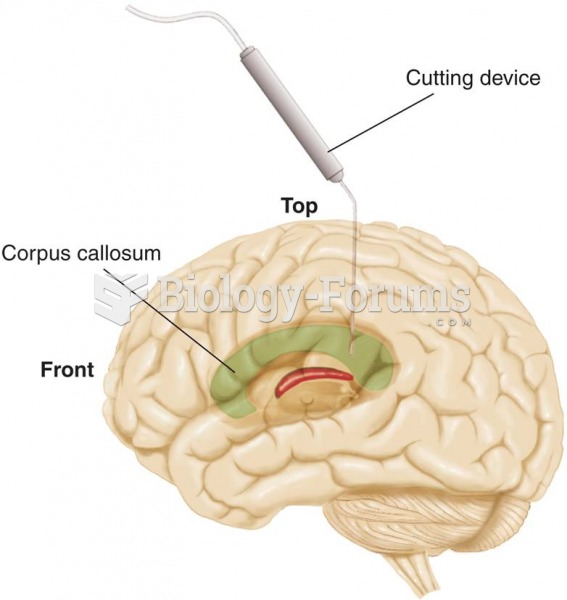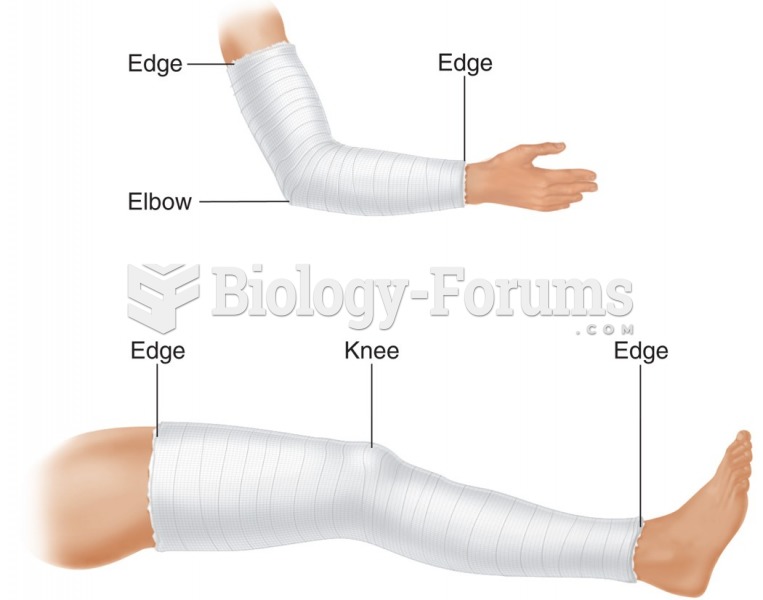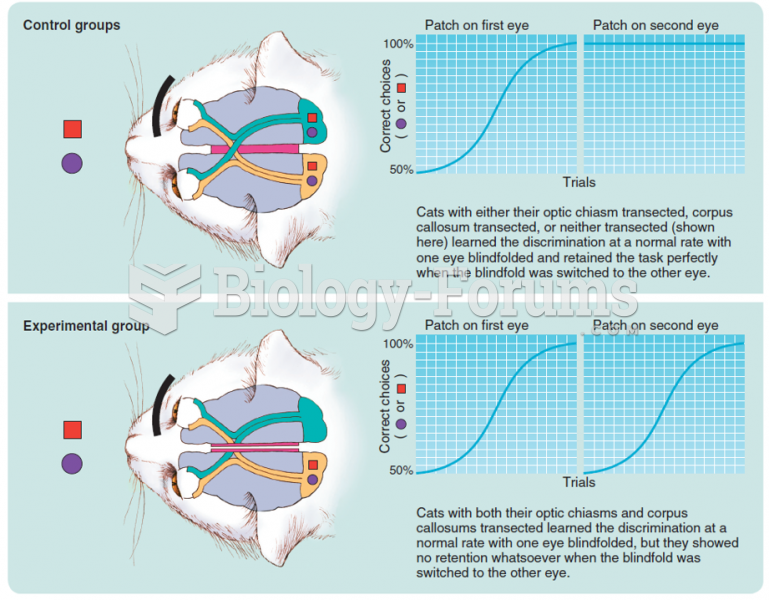|
|
|
In ancient Rome, many of the richer people in the population had lead-induced gout. The reason for this is unclear. Lead poisoning has also been linked to madness.
For about 100 years, scientists thought that peptic ulcers were caused by stress, spicy food, and alcohol. Later, researchers added stomach acid to the list of causes and began treating ulcers with antacids. Now it is known that peptic ulcers are predominantly caused by Helicobacter pylori, a spiral-shaped bacterium that normally exist in the stomach.
In 1885, the Lloyd Manufacturing Company of Albany, New York, promoted and sold "Cocaine Toothache Drops" at 15 cents per bottle! In 1914, the Harrison Narcotic Act brought the sale and distribution of this drug under federal control.
Though the United States has largely rejected the metric system, it is used for currency, as in 100 pennies = 1 dollar. Previously, the British currency system was used, with measurements such as 12 pence to the shilling, and 20 shillings to the pound.
Blood in the urine can be a sign of a kidney stone, glomerulonephritis, or other kidney problems.
 Forensic anthropologists working at a temporary morgue following the recovery of remains from a floo
Forensic anthropologists working at a temporary morgue following the recovery of remains from a floo
 An exhaust manifold spreader tool is a tool that is absolutely necessary to use when reinstalling ...
An exhaust manifold spreader tool is a tool that is absolutely necessary to use when reinstalling ...





